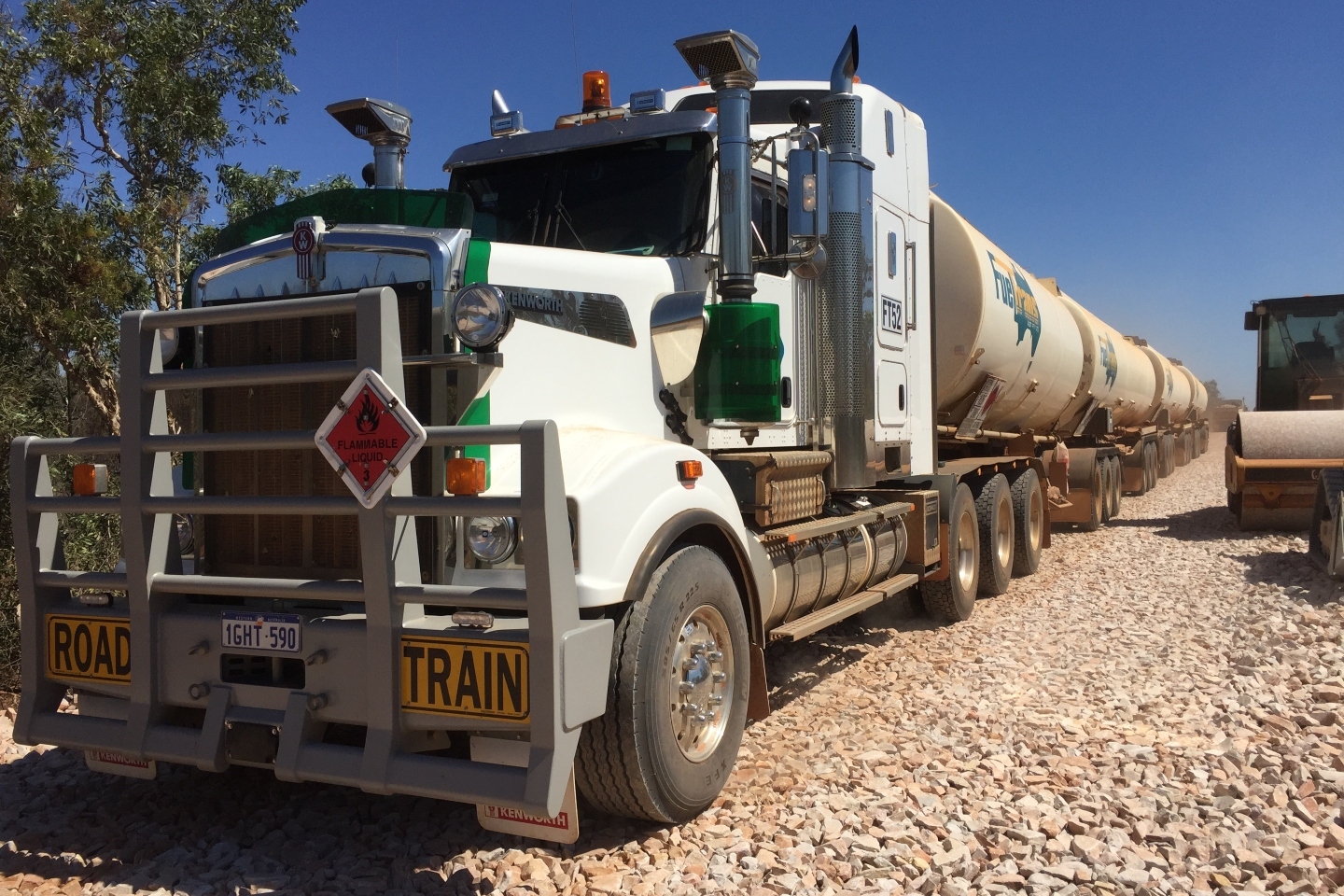Buru Energy’s interpretation of 3D seismic data from its wholly-owned conventional Rafael condensate-rich wet gas discovery has thrown up a new shallow resource in its exploration permit in the Canning Basin. The new target zone, which it has designated Rafael Shallow, consists of two clastic reservoirs sitting at less than 1200m depth, with one stacked about 130m to 170m above the other.

Buru Energy’s interpretation of 3D seismic data from its wholly-owned conventional Rafael condensate-rich wet gas discovery has thrown up a new shallow resource in its exploration permit in the Canning Basin.
The new target zone, which it has designated Rafael Shallow, consists of two clastic reservoirs named Grant and Poole sitting at less than 1200m depth – with the latter stacked about 130m to 170m above the former. Management says the structure is of considerable size – about 18 square kilometres in area – and has more than 125m of vertical closure provided by the robust overlying Nookanbah top seal.
Since the company’s internal evaluation indicates a total combined prospective resource volume of between 3.2 and 79 million stock tank barrels of oil (MMstb), with a best estimate of 19 million barrels recoverable, it says it appears to be an ideal candidate for low-cost drilling and potentially accelerated commercialisation.
Buru Energy chief executive officer Thomas Nador said: “The acquisition of the Rafael 3D seismic survey has provided valuable insights into both the Rafael gas and condensate accumulation, which was the survey’s main target, as well as the prospectivity of the broader Rafael region. These prospectivity insights have the potential to confirm high volume gas and condensate targets as follow-ups to the Rafael discovery.”
Specialised consultants are currently undertaking a review of the quality, genesis and the internal geometry and stratigraphy of the reservoir.
Buru has also been in the midst of a partner selection process to assist it with development of the deeper Rafael resource and its other interests in the Canning Basin. But it has decided to temporarily suspend that process until its technical work is completed to allow interested parties time to conduct additional due diligence on the enhanced data.
Management says that due to the additional technical work, the subsequent due diligence period and commercial negotiations, the conclusion of the process will be delayed from the original proposed timetable. While it will delay the site-based evaluation of Rafael until next year’s field season, management says its pre-front-end engineering design (pre-FEED) work has been completed on budget and schedule.
The company is now looking to establish a smaller footprint, lower its capital costs and reduce the development period for monetising the Rafael gas and condensate.
The new 3D Rafael data and the additional reservoir discoveries have provided Buru with additional insights into the potential for enhancing production at both Rafael and the adjacent but separate conventional Ungani oilfield, about 90km east of Broome.
The company holds a 100 per cent operating interest in its two production licences at the Ungani field, which currently includes six production wells and associated production facilities.
It is engaging with several third parties on a forward plan for Ungani. One of the considerations includes drilling a shallow Ungani North Reeves sandstone formation well (Mars) in the same program as the maiden Rafael Shallow exploration well.
With management viewing the option of drilling Rafael Shallow later this year with a smaller rig than would be needed for a deep appraisal well, coupled with the additional merits of reduced cost of drilling the well at Mars, the company has elected to keep its appraisal and exploration momentum going.
It says the timeline to first sales for the optimised development concept would not be affected by any delay in the Rafael deep gas appraisal program.
Is your ASX-listed company doing something interesting? Contact: matt.birney@businessnews.com.au














